Idea by
Dauen Lim, Karen van Luttervelt, Mathieu Henry, Kornelia Dimitrova, Hannah van Luttervelt
Foundation We Are
Call for ideas 2021
Are you there? Can you hear me? Can you see me?
Are you there? Can you hear me? Can you see me?
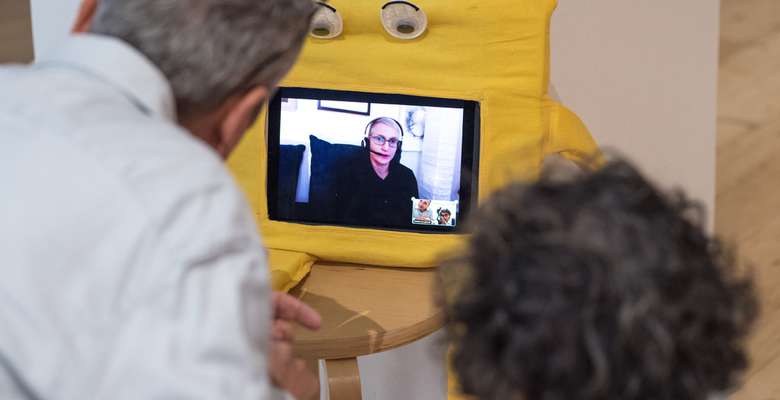
- Systemic changes
As humans we interact and understand the world around us by being present physically in space. However, Covid-19 replaced our physical presence with a digital version of ourselves, which is severely limited in its interactions. The technologies we have been using to communicate can be regarded as a kind of rudimentary avatar, using only voice and visual. Our communication, interaction and behaviour in space was redefined by the avatar - we meet in conference calls, video calls, digital working boards or any kind of hybrid version of these.
How can we regain our presence in a space we are excluded from? What kind of avatars would facilitate that? These questions led us to create the Physical Avatar experiment, which we want to expand on and implement in a museum or gallery setting. Inspired by the richness and diverse communication palette of humans, we want to continue finding new ways of being present and of regaining access to any communal space where we gather.
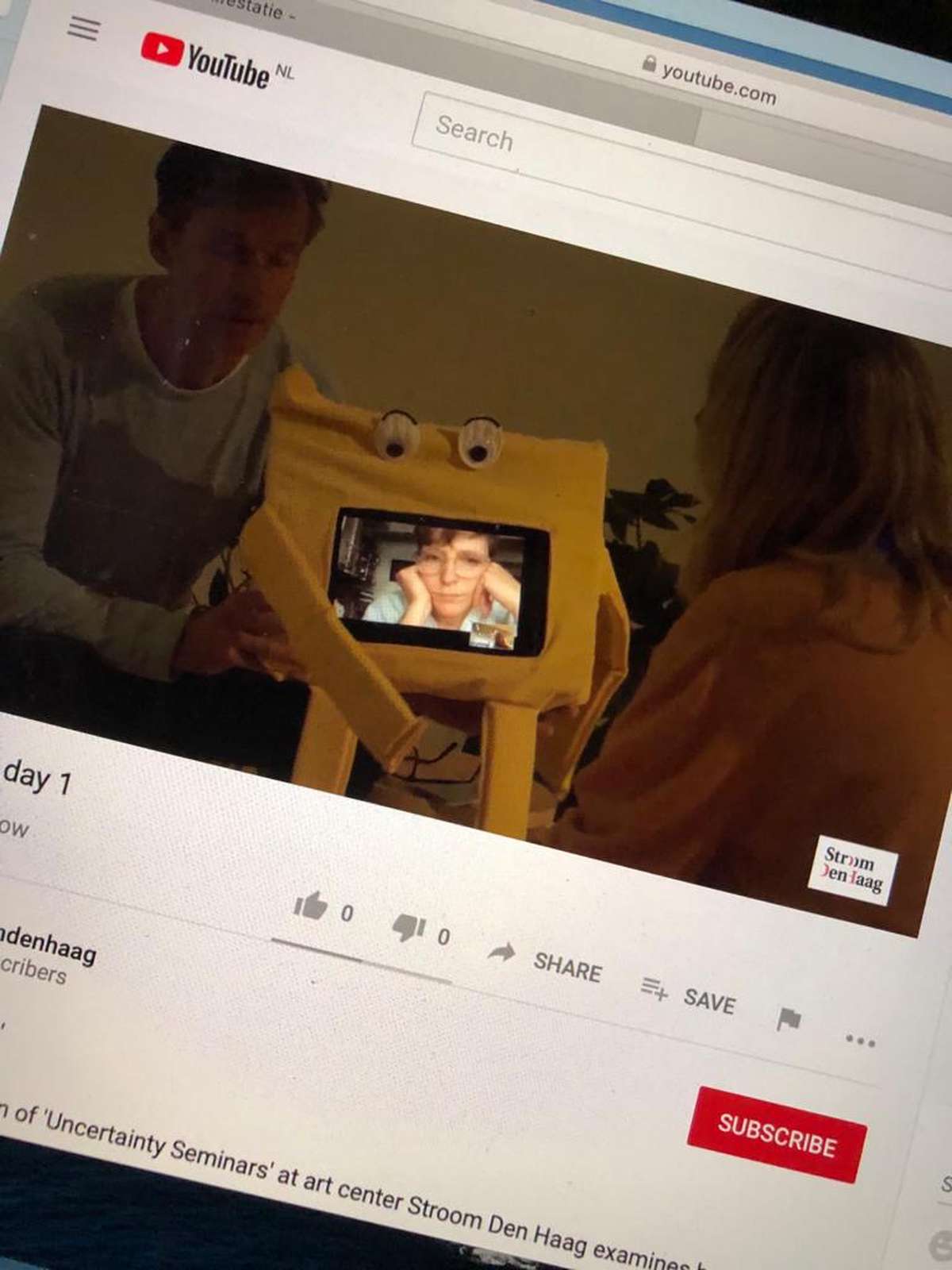
The first step of a physical avatar was taken on the occasion of a seminar in The Hague. With the access to it being limited by the Covid-19 measures, we worked on new ways to bring excluded people into the space. The goal of the experiment was to actively connect the digital audience with the physical location and the people present.
Three avatars were created that embodied the digital visitor. During the event we observed how the users related to each avatar and what worked and what did not.
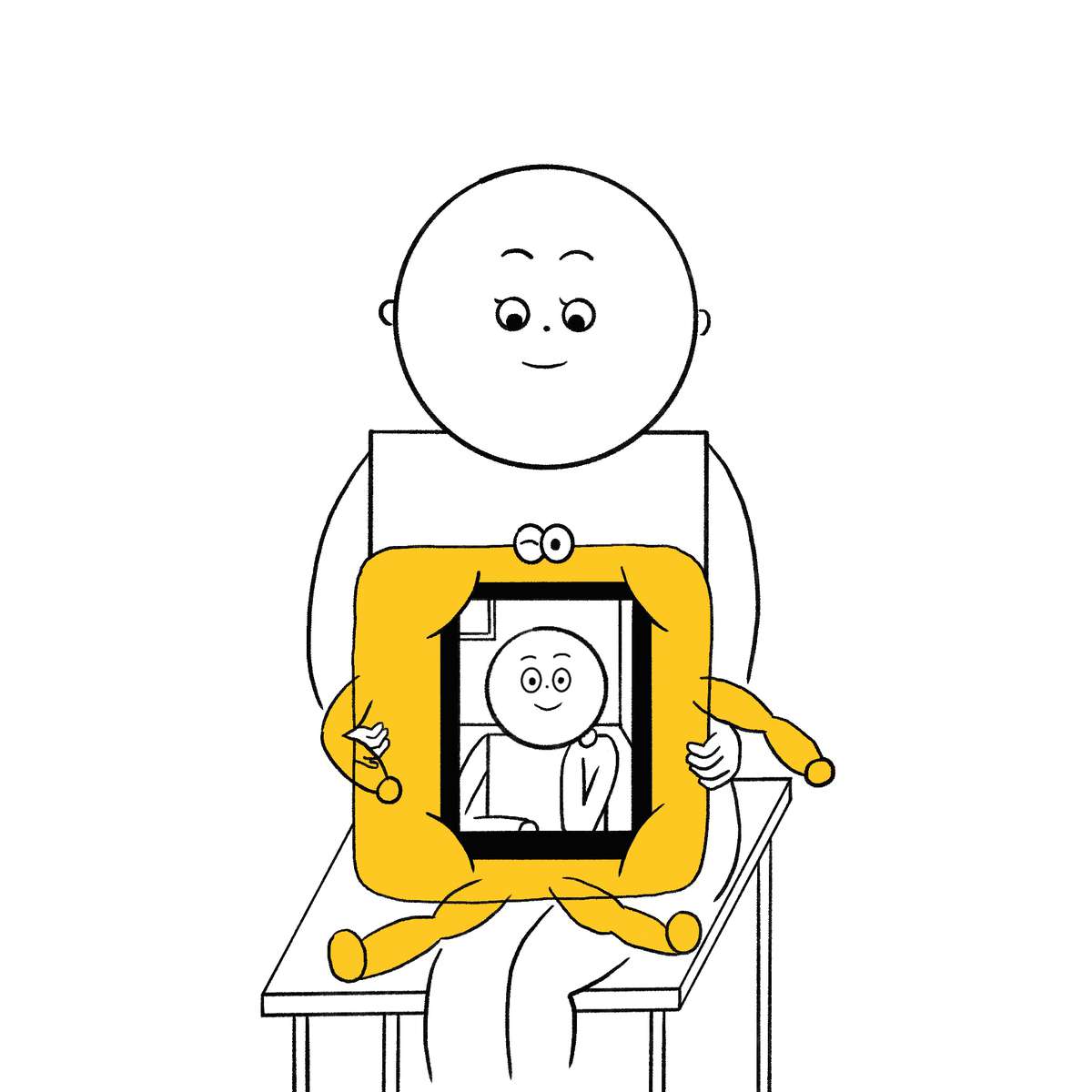
The physical avatar took a familiar shape; a soft doll to be carried around.
The people entering the avatar regained a body in the space and the visitors at the conference could directly interact with them. The person inside could be moved, carried and hugged. It brought back the physicality and a body to the usual digital avatars.
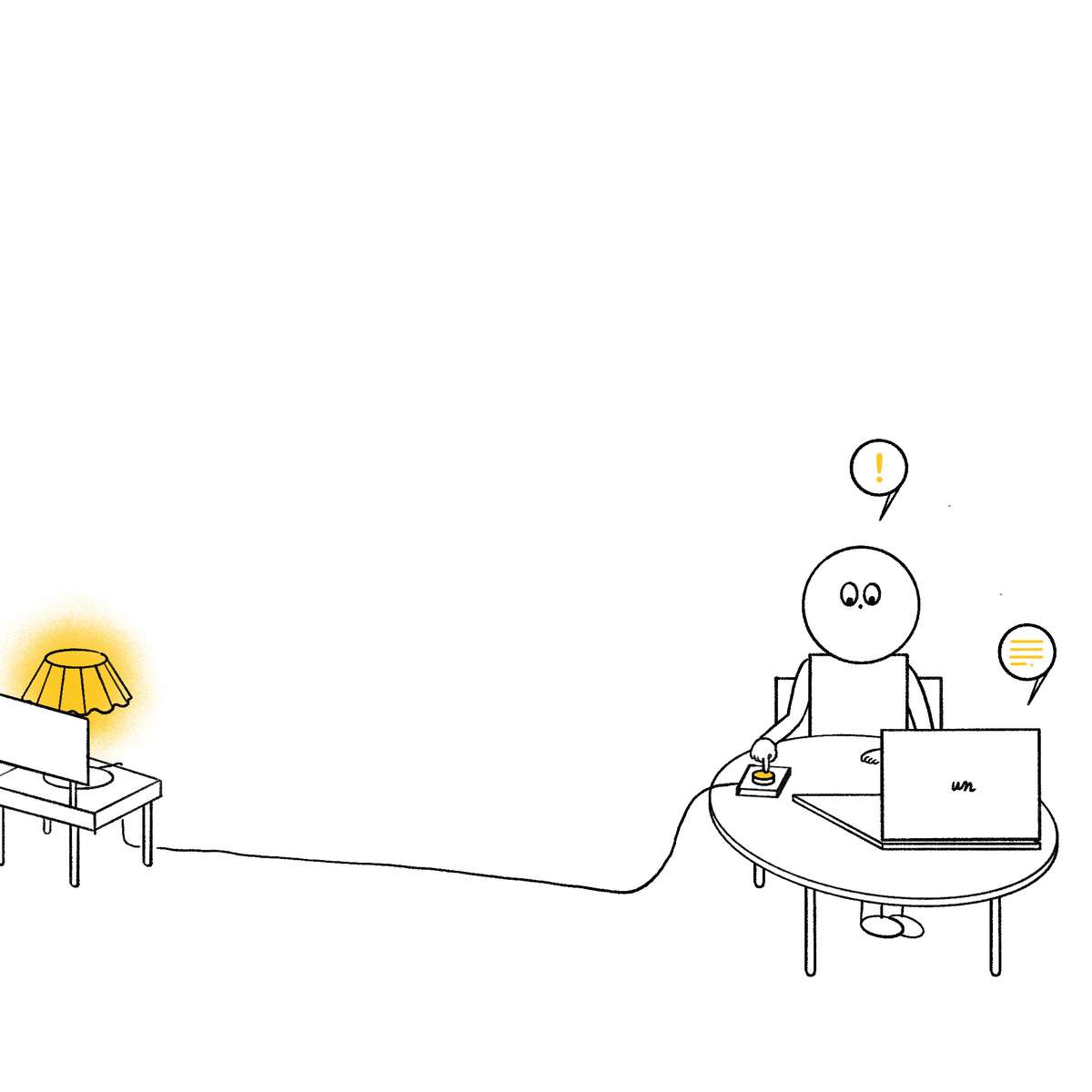
The second avatar took the shape of a lamp. That lamp could be controlled by users outside the conference, switching it on and off in order to be noticed when they wanted to participate in the discussion. These users regained an impact on the room as they projected themselves in this object, they could exist in the space and influence it directly.
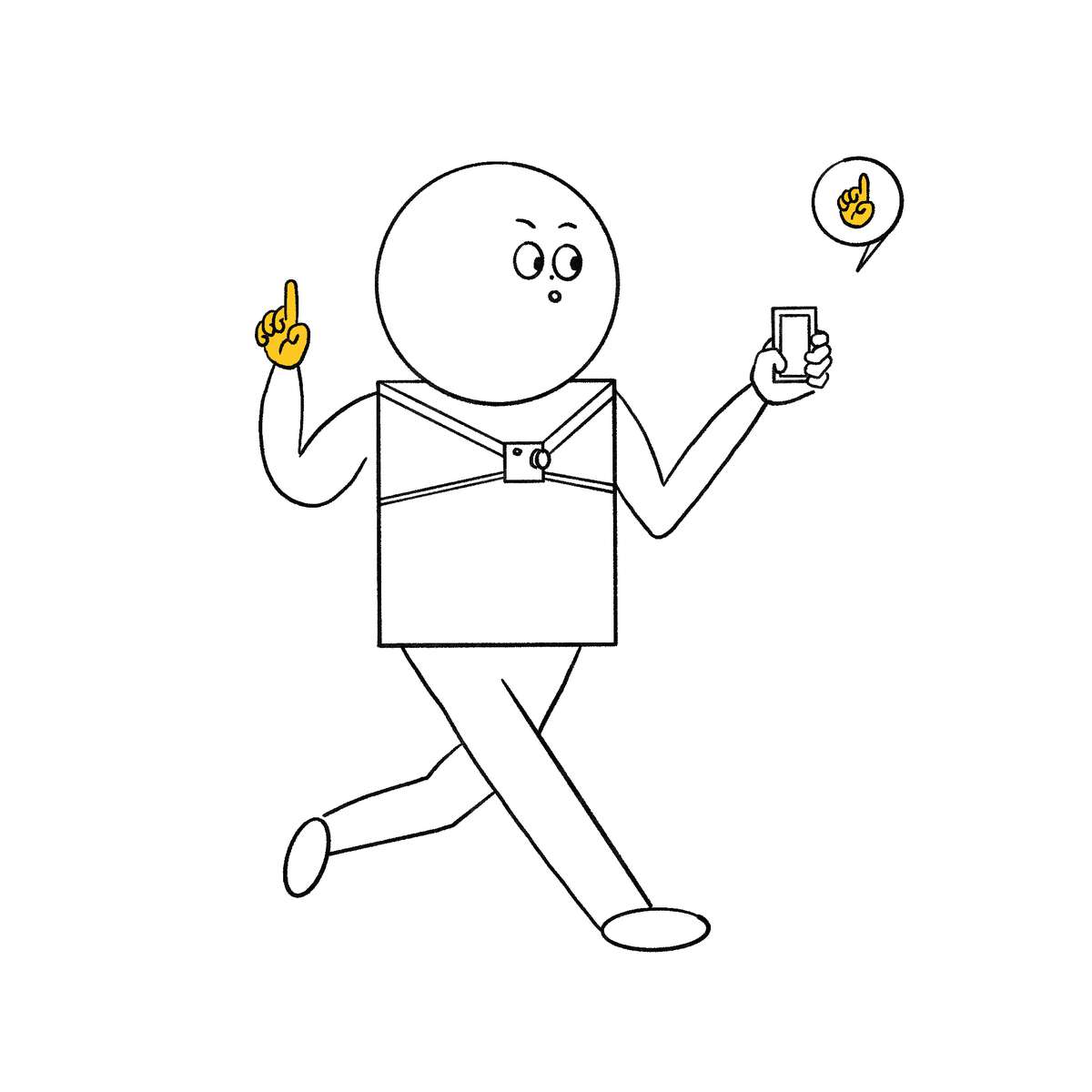
The last avatar was a human being present on site. Wearing a camera for the users to see, hear and talk through them. That person could be present through someone else, borrowing his presence to live the experience through it.

The use of senses is primordial when it comes to communication and presence. We are present in a space through our senses, we are able to understand the world around us and interact with it through them. It is now time to explore how the senses can play a role in these artificial presences; moving from the pixel avatar of a video call to a speaking stone, clones, and other fantasies that can help us reach out to each other in new engaging ways.
Are you there? Can you hear me? Can you see me?
Are you there? Can you hear me? Can you see me?

- Systemic changes
As humans we interact and understand the world around us by being present physically in space. However, Covid-19 replaced our physical presence with a digital version of ourselves, which is severely limited in its interactions. The technologies we have been using to communicate can be regarded as a kind of rudimentary avatar, using only voice and visual. Our communication, interaction and behaviour in space was redefined by the avatar - we meet in conference calls, video calls, digital working boards or any kind of hybrid version of these.
How can we regain our presence in a space we are excluded from? What kind of avatars would facilitate that? These questions led us to create the Physical Avatar experiment, which we want to expand on and implement in a museum or gallery setting. Inspired by the richness and diverse communication palette of humans, we want to continue finding new ways of being present and of regaining access to any communal space where we gather.

The first step of a physical avatar was taken on the occasion of a seminar in The Hague. With the access to it being limited by the Covid-19 measures, we worked on new ways to bring excluded people into the space. The goal of the experiment was to actively connect the digital audience with the physical location and the people present.
Three avatars were created that embodied the digital visitor. During the event we observed how the users related to each avatar and what worked and what did not.
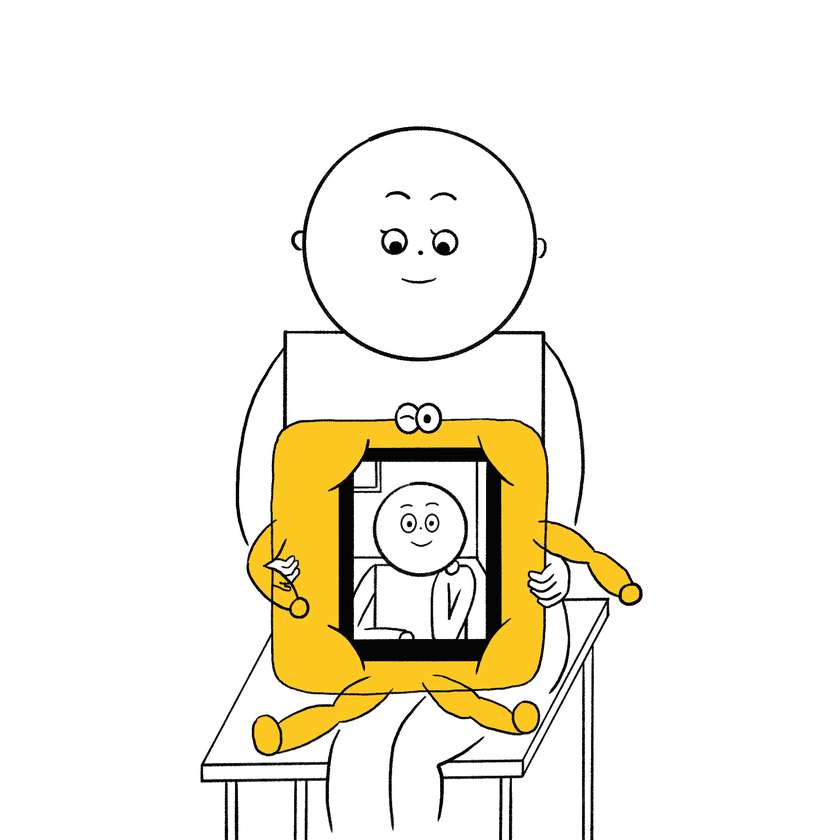
The physical avatar took a familiar shape; a soft doll to be carried around.
The people entering the avatar regained a body in the space and the visitors at the conference could directly interact with them. The person inside could be moved, carried and hugged. It brought back the physicality and a body to the usual digital avatars.
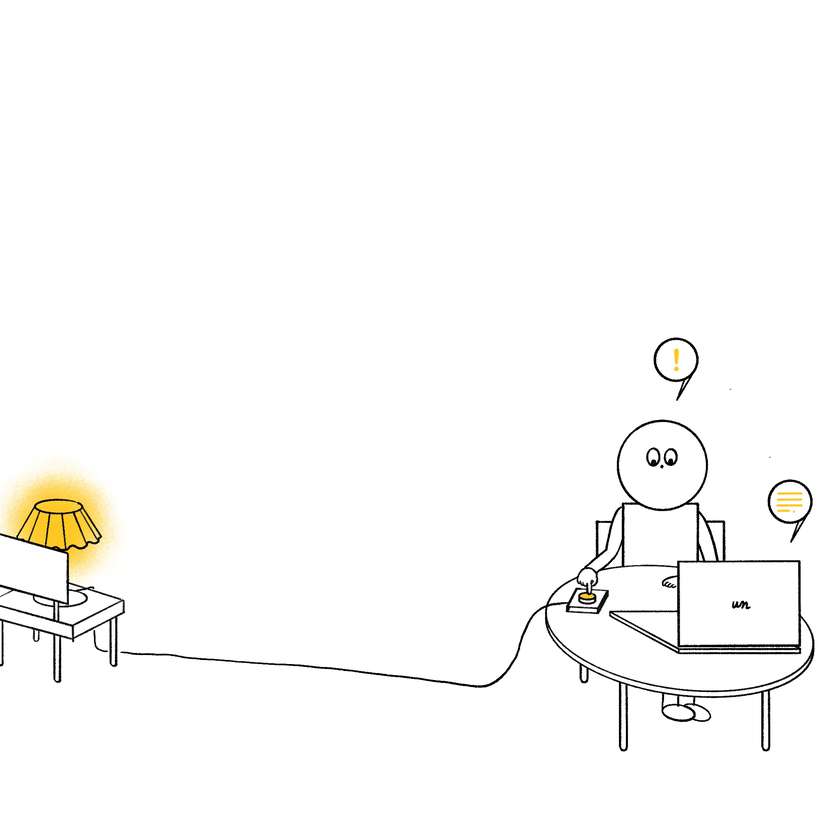
The second avatar took the shape of a lamp. That lamp could be controlled by users outside the conference, switching it on and off in order to be noticed when they wanted to participate in the discussion. These users regained an impact on the room as they projected themselves in this object, they could exist in the space and influence it directly.
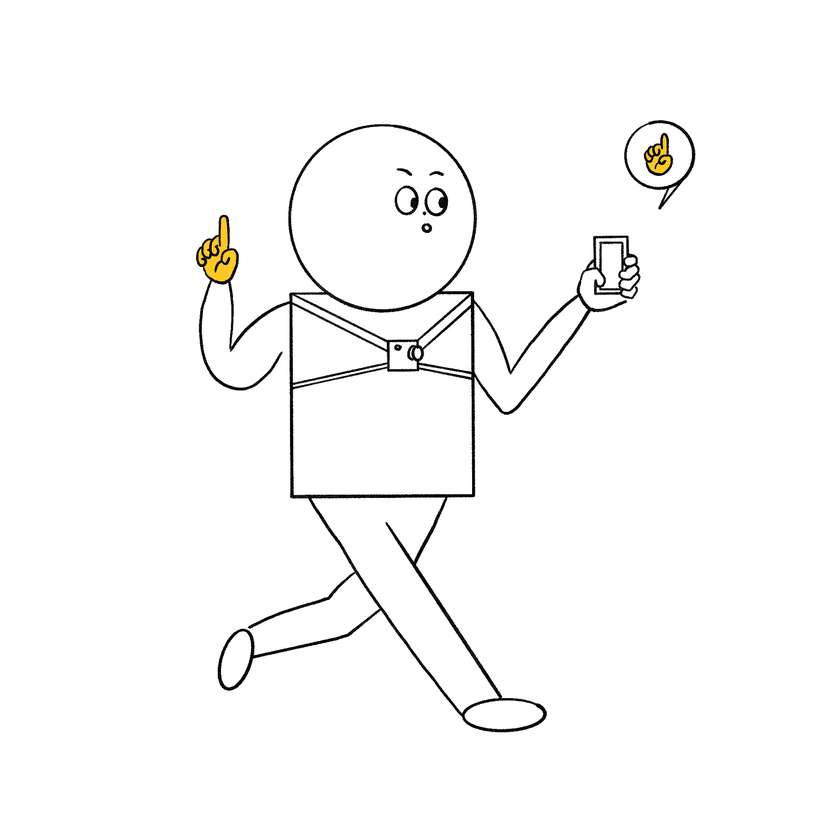
The last avatar was a human being present on site. Wearing a camera for the users to see, hear and talk through them. That person could be present through someone else, borrowing his presence to live the experience through it.
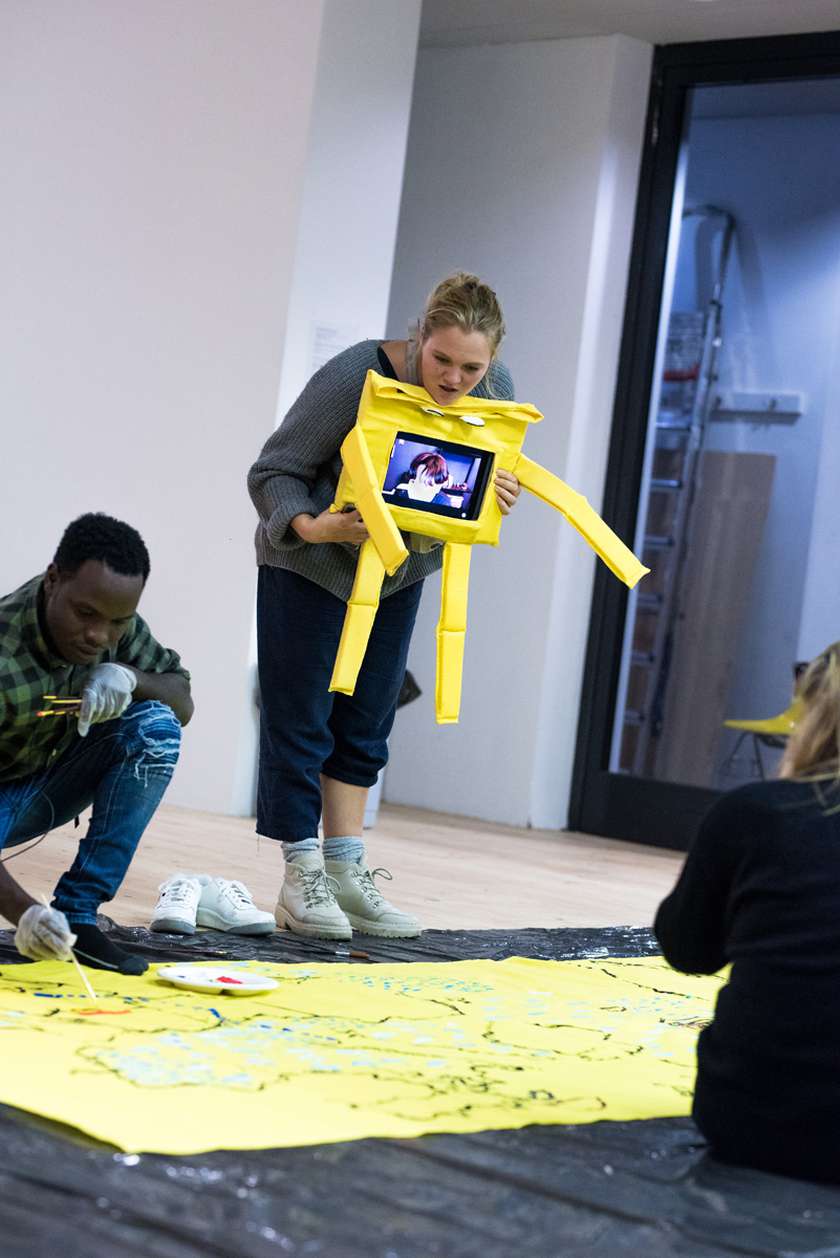
The use of senses is primordial when it comes to communication and presence. We are present in a space through our senses, we are able to understand the world around us and interact with it through them. It is now time to explore how the senses can play a role in these artificial presences; moving from the pixel avatar of a video call to a speaking stone, clones, and other fantasies that can help us reach out to each other in new engaging ways.